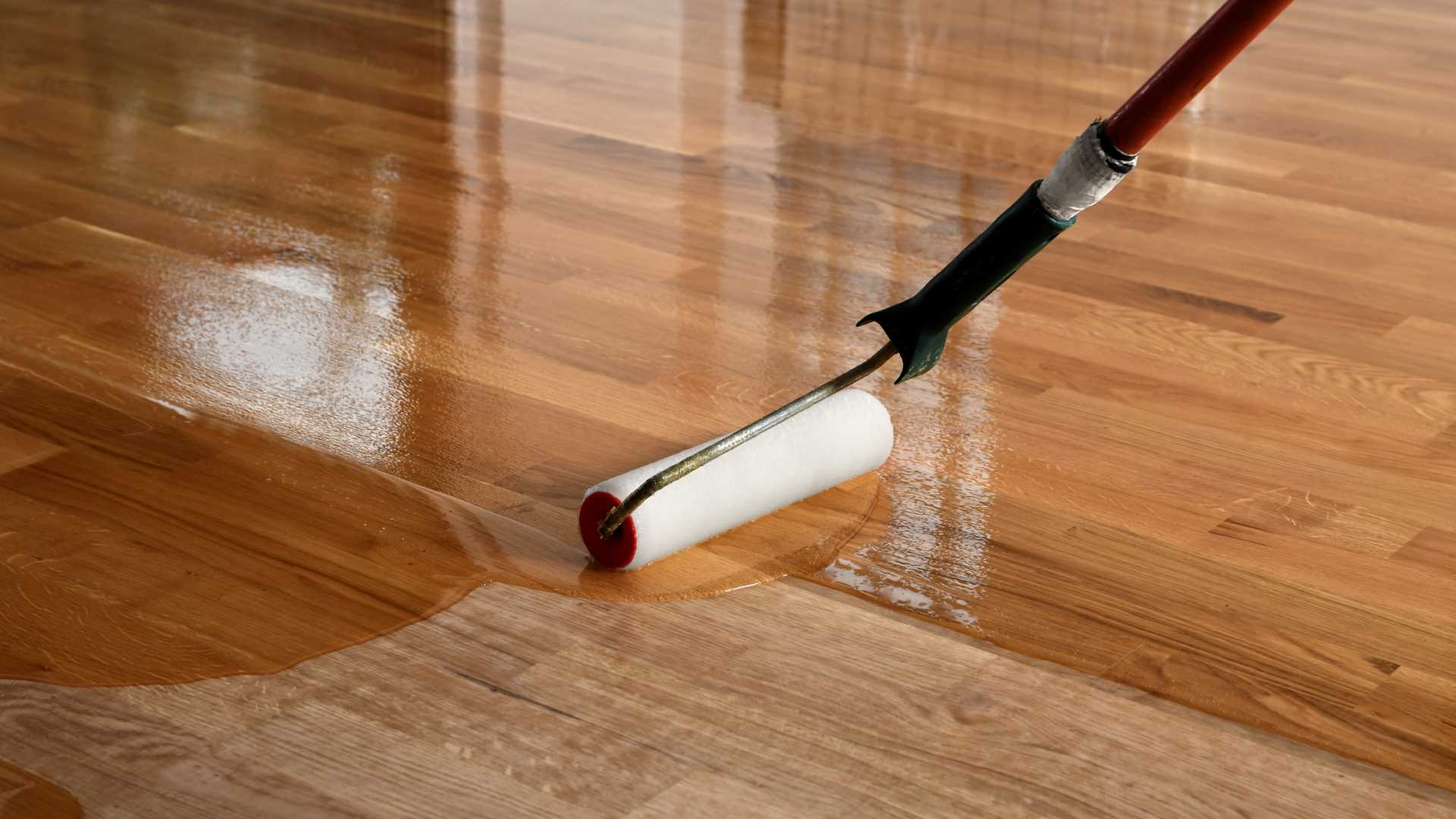-
difficulty level
Medium
-
Length of time
2 - 3 hours
-
Required tools
- suitable oil
- paint roller / rubber squeegee
- Brush for corners and edges
- single-disk machine (optional)
- paint tray
- several cotton towels
- Gloves
A high-quality wooden floor is a valuable investment and gives every room a warm, inviting atmosphere. Proper care is crucial to ensure that your parquet floor stays beautiful for a long time and retains its natural appearance. An oiled floor emphasizes the wood grain and protects the wood from the inside without impairing its breathability. In this article, you will learn why oiling parquet makes sense, what preparations are required, how the oiling process works and how you can care for your oiled floor in the long term.
Why does parquet need surface treatment?
Oiling wooden floors protects the wood and still allows it to "breathe". Oiled parquet floors regulate the humidity in the room and contribute to a healthy indoor climate. This breathability enables natural temperature and humidity regulation, which is particularly pleasant in living spaces. When varnished, on the other hand, the wood is completely sealed, resulting in a permanent but closed protective layer. This can protect the wood from moisture in the long term, but takes away its natural properties. Oiled parquet can also be locally re-treated for minor scratches and wear and tear without the entire surface having to be replaced.
In summary :
A parquet treatment...
✅ protects the floor from wear and dirt
✅ extends the life of the parquet
✅ prevents scratches and damage
✅ ensures an active and positive indoor climate
Which oil for parquet?
There are various types of oil for treating parquet floors, each offering different properties and advantages. In general, a distinction is made between hardening and non-hardening oils , as well as solvent-based and environmentally friendly variants.
1. Hardening oils
Hardening oils such as hard oil and hard wax oil are particularly popular because they penetrate deep into the wood and harden through oxidation after application. This creates a resistant and hard-wearing protective layer that provides good protection against wear and moisture. Hard wax oil also forms a thin layer of wax on the wood, which provides additional protection against scratches and stains and offers a slightly glossy surface.
2. Non-hardening oils
Non-hardening oils such as linseed oil and other pure vegetable oils also penetrate the wood but do not harden. Although they offer protection and a beautiful appearance, they are less resistant to stress. Floors treated with non-hardening oils require more intensive care and more frequent re-oiling as they do not form a solid protective layer.
3. Solvent-based oils
There are many solvent-based parquet oils available on the market. Although these are often cheaper and dry faster, they can be harmful to health and the environment . The fumes that are created during processing and drying pollute the air in the room and can trigger allergic reactions. Therefore, solvent-free or low-solvent products should be preferred, especially for living spaces.
Our recommendation: parquet oil, hard wax oil or parquet varnish
For a natural, breathable look and optimal protection of the wood, we recommend our parquet oil - a high-quality, sustainable wood oil based on vegetable oils with resins and waxes. It penetrates deep into the wood and highlights the natural structure, creating a warm and authentic wood surface. This parquet oil is particularly suitable for living spaces where a breathable and warm floor is desired.
For heavily used areas such as hallways or kitchens , where the floor must be hard-wearing and particularly moisture-resistant, our parquet varnish is the best choice. It seals the surface completely and reliably protects against scratches, stains and moisture. Our parquet varnish also offers the highest quality and ensures a long-lasting, easy-care surface - ideal for heavily used rooms.
Should you oil or varnish your parquet?
Oiling parquet preserves the natural feel and breathability of the wood and is ideal for living spaces where a warm and authentic look is preferred. Oiled parquet is protected from the inside by the oil, remains open-pored and contributes to a pleasant room climate. However, it has the disadvantage that dirt and moisture can penetrate the wood despite the protection, which is why regular cleaning and care is necessary. An oiled floor should be mopped regularly and re-oiled once a year.
Parquet varnish, on the other hand, completely seals the wood surface and forms a hard-wearing, water-repellent layer that effectively prevents dirt and moisture from penetrating. This makes varnished parquet particularly suitable for heavily used areas such as hallways, kitchens or commercially used rooms where the floor needs to be durable and easy to maintain. The disadvantage of varnish is that the wood is completely sealed and loses its breathability . In addition, spot repairs are more difficult with varnished parquet, as scratches or damage can only be repaired by completely sanding and re-varnishing .
Our experts will be happy to help you choose the right product and are available to answer any questions you may have about parquet oil , parquet varnish and hard wax oil .
Step by step instructions: Oiling wooden floors / parquet
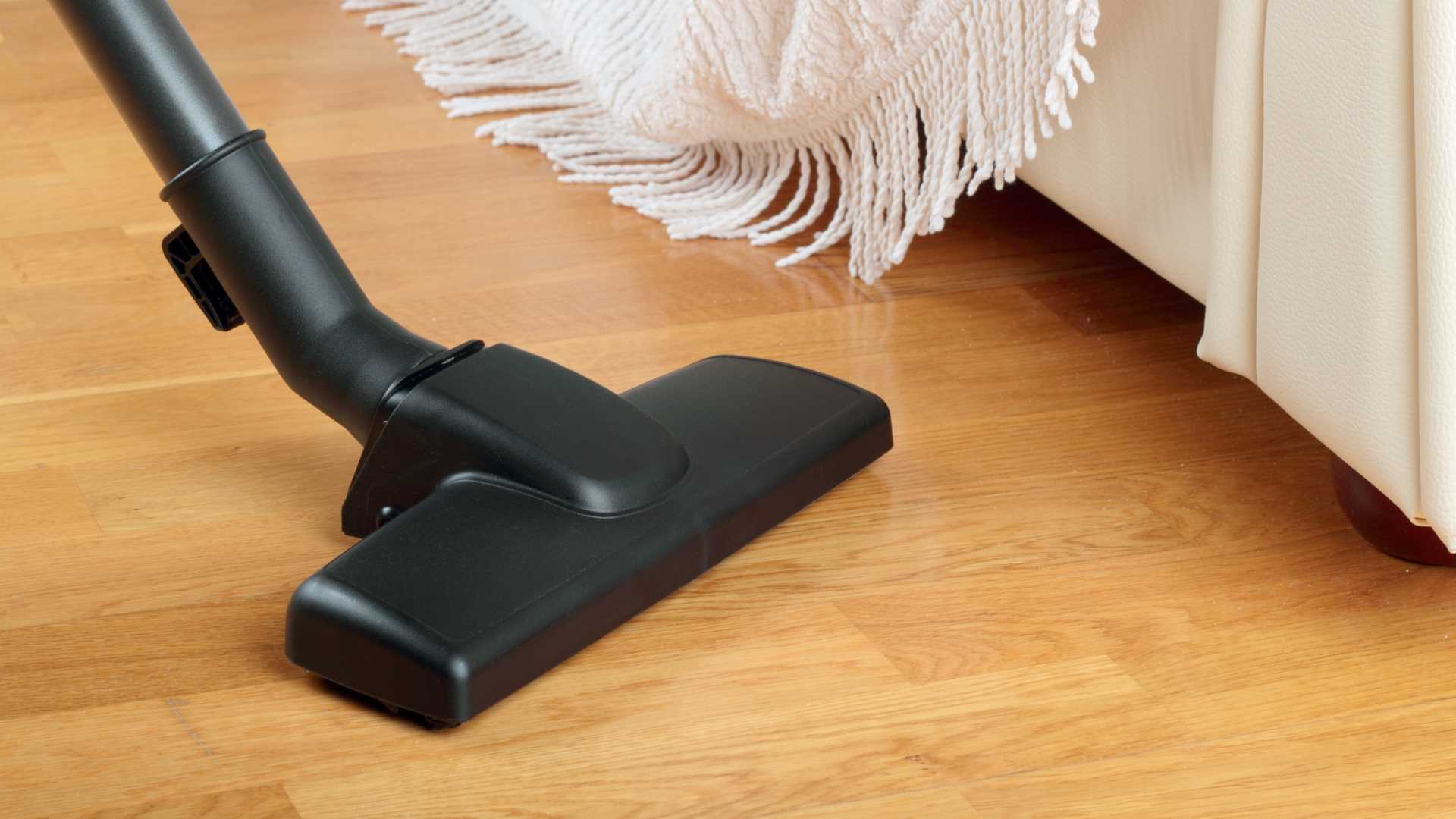
Step 1: Preparation
Clean your parquet floor so that it is free of dust and dirt . Sand down if there are major damages or scratches in the parquet floor and remove the sanding dust . Then open the oil and stir it thoroughly. Mixing is particularly important with colored oil, as the color pigments often settle at the bottom of the container.

Step 2: Apply oil – work systematically
Pour a small amount of oil onto the floor, starting in the corner furthest from the door . This will avoid having to walk through the freshly oiled parquet after application. Spread the oil in the direction of the wood grain using a rubber squeegee or paint roller . An even layer ensures a harmonious look and optimal protection.
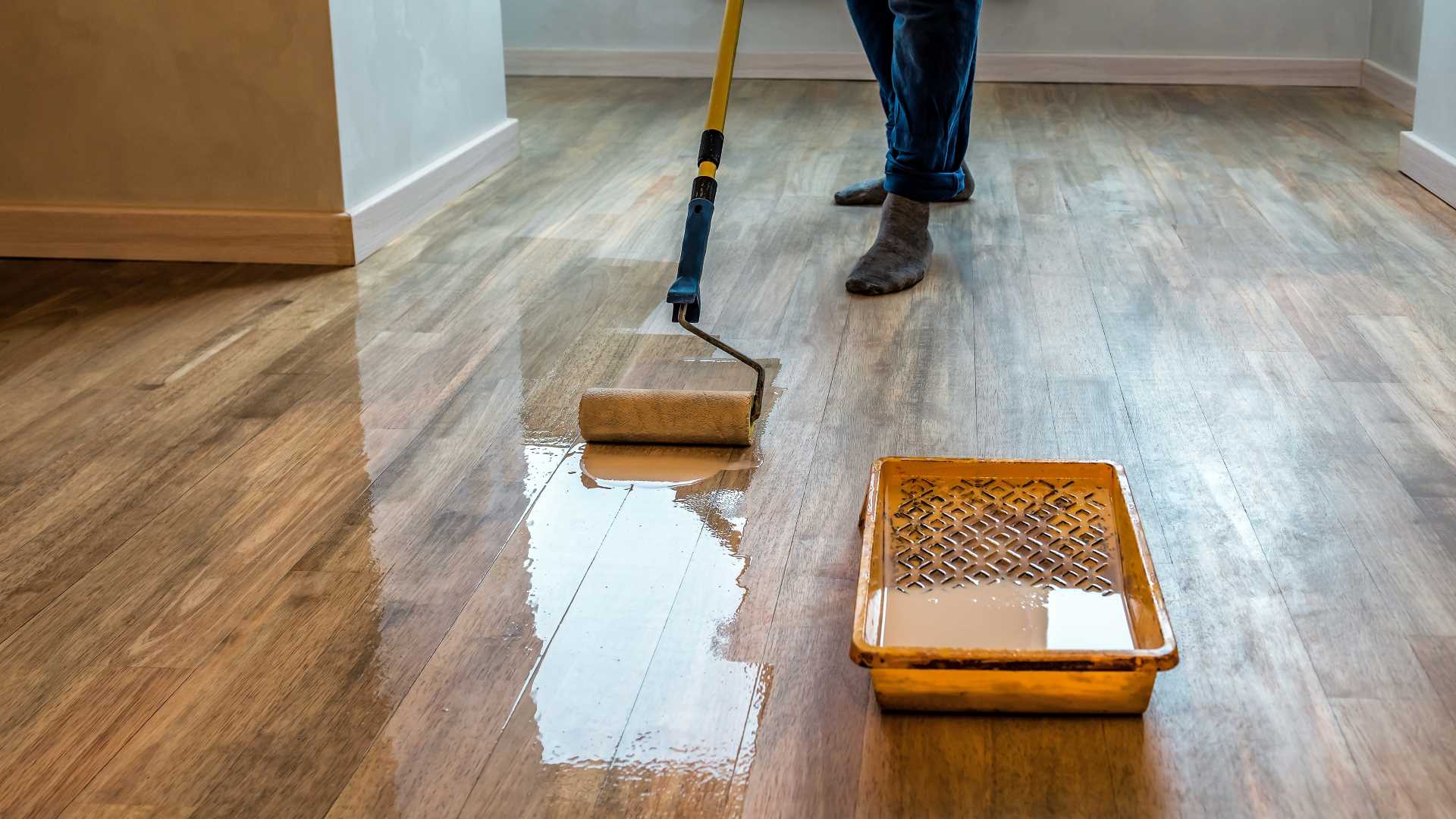

Step 3: Oil the surfaces
To thoroughly work on hard-to-reach areas such as corners and edges, apply the oil there with a clean brush . It is important not to use too much oil , as excess oil quickly accumulates in these areas. Then slowly work your way into the room and distribute the oil evenly. You can use either a paint roller or a single-disc machine for this.
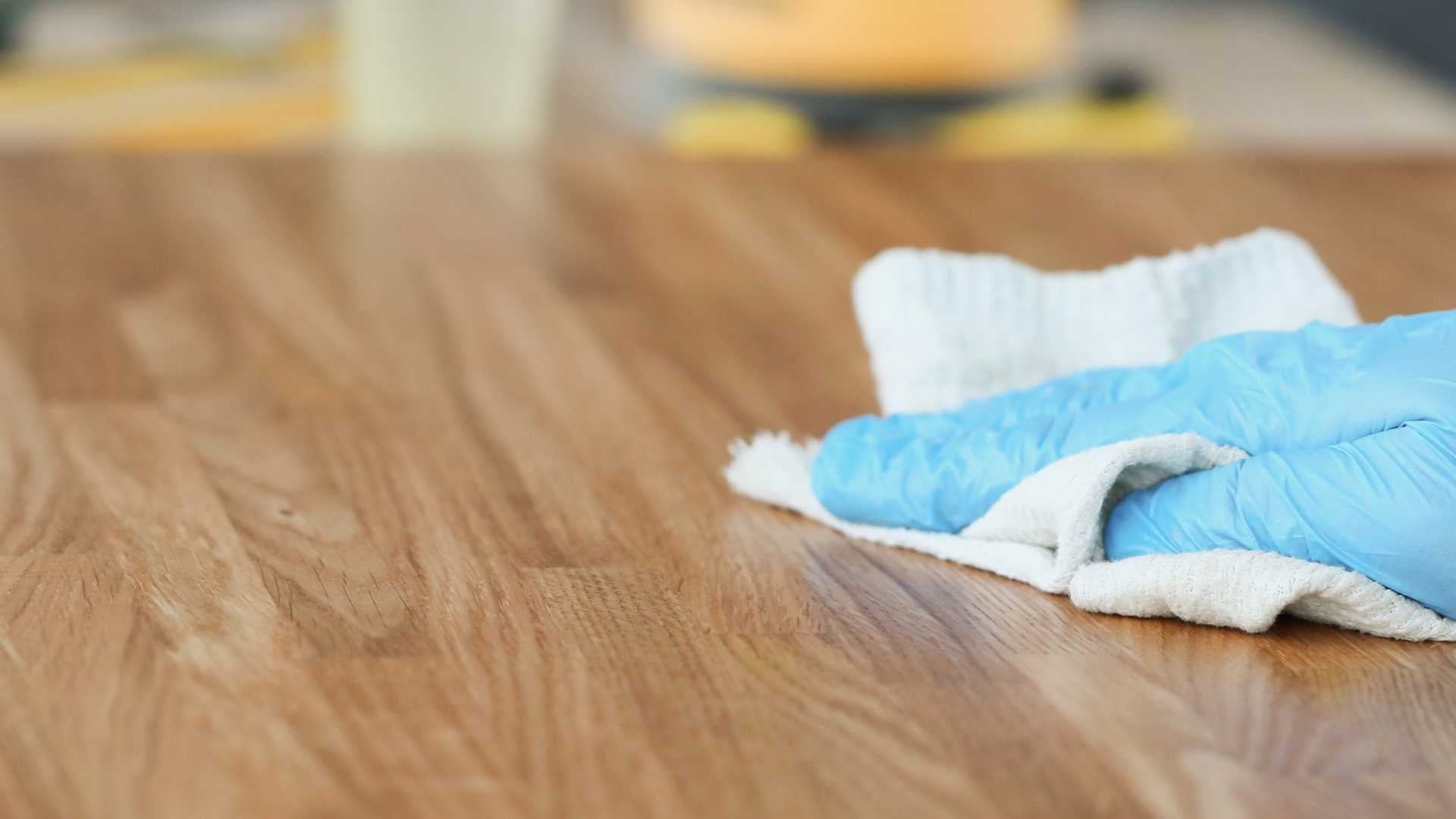
Step 4: Allow to absorb and remove excess oil
After you have oiled the entire room, let the oil soak in for about 15 to 30 minutes . After that, it is important to remove excess oil with a clean cotton cloth or a single-disc machine. To do this, wrap the cloth around a polishing pad and move the single-disc machine evenly over the floor. This will prevent sticky residue from forming and will give the parquet a uniform surface.

Step 5: Let dry
The drying time depends on the oil used. As a general rule, the parquet should dry for at least 12 hours before you can walk on it carefully . However, it can take up to 48 hours for it to fully harden. Follow the manufacturer's instructions on the packaging, as some oils dry faster and others take longer to fully harden.

Complete!
Depending on the level of protection you want, you can apply a second coat of oil after the drying time to increase the protective effect. If you only use hard oil instead of hard wax oil , you now have the option of applying an additional layer of wax. Hard wax gives the floor additional protection and a slightly glossy finish.
Would you also like to oil your parquet? Then try our parquet oil .
Frequently Asked Questions
How long should you avoid walking on the parquet after oiling?
The floor should be left to dry for at least 12 hours before being walked on carefully and before furniture is put back in place. It can be fully loaded after about 48 hours.
How often does a parquet floor need to be oiled?
An oiled parquet floor should be re-oiled every 1-2 years, depending on use and maintenance routine.
How much does it cost to have parquet oiled?
The cost of oiling is around 15-30 euros per square meter. If additional sanding work has to be carried out, the cost increases to 30-50 euros per square meter.
What should you not do with an oiled wooden floor?
An oiled floor should not be treated with harsh cleaning agents and should only be wiped with a damp cloth to avoid damaging the oil layer.
Can I oil a parquet floor that has already been varnished?
No, varnishing creates a closed layer on the wood. For oiling, the varnish must be completely sanded off so that the oil can penetrate the wood.
Can I re-oil oiled parquet myself?
Yes, you can easily re-oil the parquet yourself, provided it is clean and dust-free. Apply the oil evenly and polish it in well.
Featured Articles
-
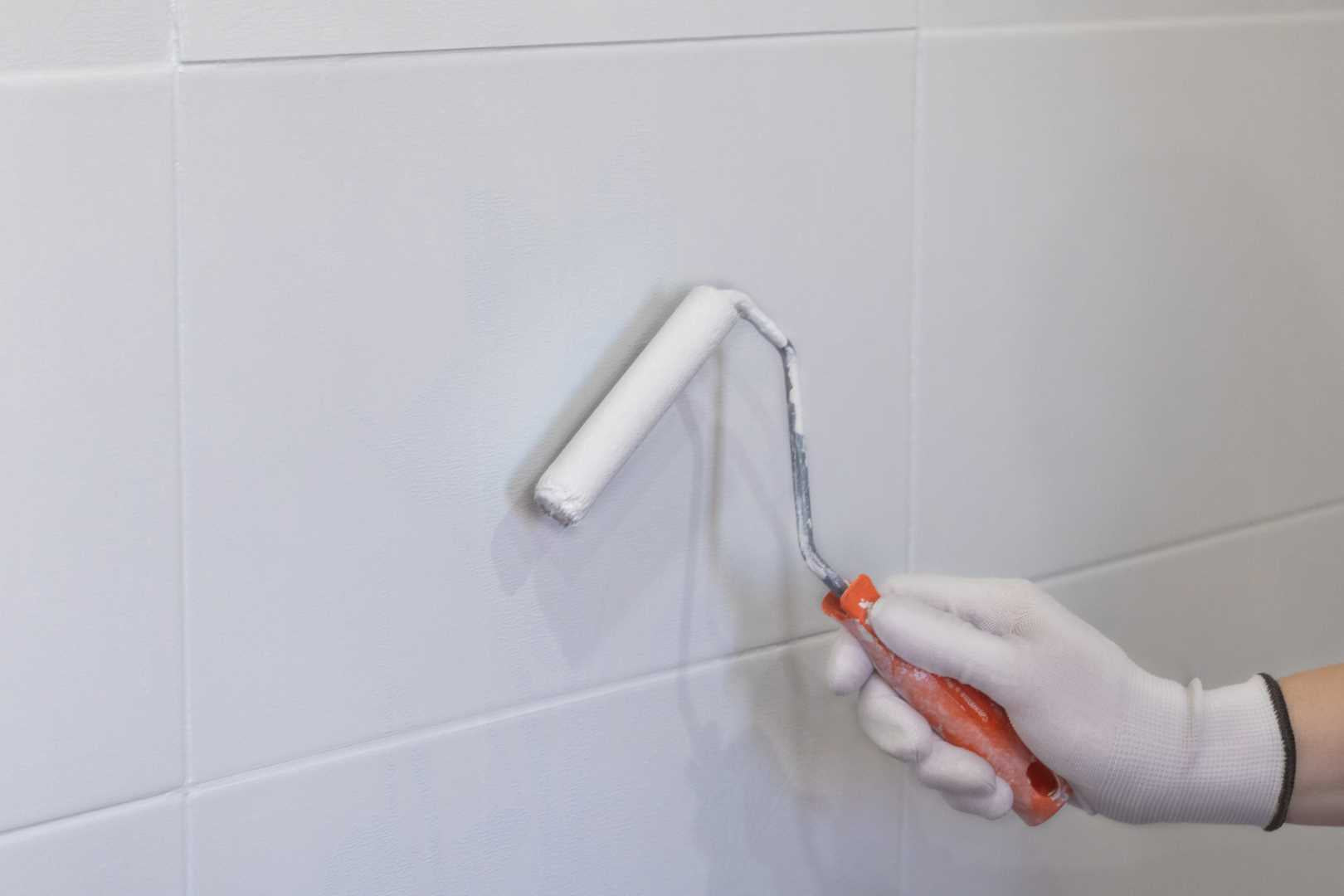
Painting tiles: How to easily transform your tiles
Read nowFind out how you can transform your tiles in no time and without expensive and time-consuming renovation work.
Reading time: 7 minutes
-

Painting radiators: professional instructions & tips
Read NowDid you know that you can replace your old radiator
a colorful makeover? Find out how to get perfect
Get results in under 2 hours!Reading time: 5 minutes


